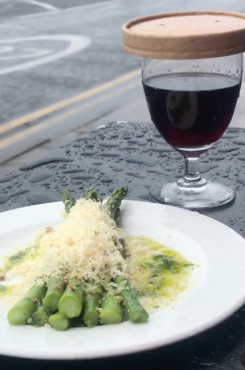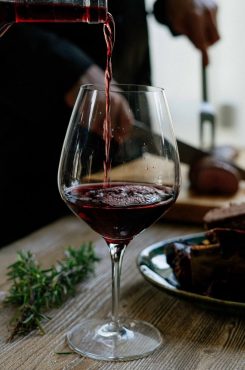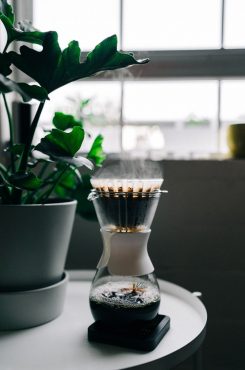A biodynamic duo in the wine industry
Published 22 April 2021
by Zeren Wilson

The makers of one of the best Chablis he’s ever tasted are a powerful mother and daughter team, says wine expert Zeren Wilson
Wines have the magical ability to bolster the mood, strengthen the resolve, and give us a feeling that we can take on the world. It’s not just the woosh of booze giving us a little tingle, but also the myriad aromas and flavours in the liquid that pings the synapses and gives us a perky lift.
Chablis is always a wine that brings to mind springtime vibes, thoughts turning toward those first lunches of the year outside, with hankerings for platters of fruits de mer, plates groaning with fat shell-on prawns, crab and lobster, mussels and oysters. Not long now until we can pull up a chair on the terrace at Bentley’s Oyster Bar & Grill, blithely order 12 Carlingford oysters, a ‘Royal Shellfish Platter’ (brimming with crevettes, cockles, clams and whelks), and a bottle of Chablis – my suggestion from their excellent list is Domaine Colette Gros. Make it two bottles, the first may be gone before the platter emerges: go on, it has been a while, right?
It is said that the mouth-watering mineral complexity of Chablis owes much to its soils, the Kimmeridgian limestone-rich sub-soils formed 150 million years ago and full of fossilized oyster shells – the perfect historical nugget for an oyster and Chablis food pairing. It also represents relatively good value compared to a lot of white Burgundy, and is a good way to top up your ‘quality chardonnay’ levels for a modest price. Chablis is usually nervy, edgy, precise and focused, a sleek racehorse, a wine with a spring in its step.
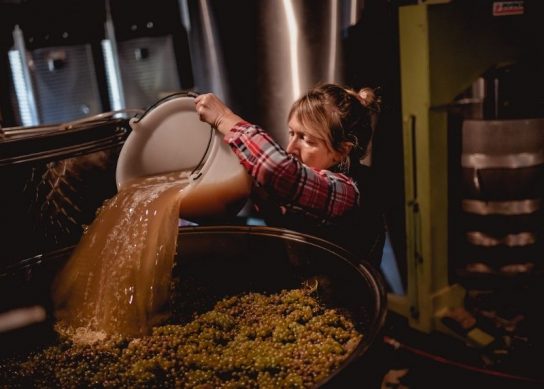
One of the most distinctive Chablis domaines I have ever tasted, are the wines of mother-and-daughter team Laurence and Athénaïs de Béru, who manage the family estate of Château De Béru. As much as I love Chablis in many of its guises, adoring its flinty, mineral, often saline qualities, some iterations can veer into bland and neutral expressions, and the wines of Château De Béru offer a stunning riposte to anodyne wines.
When I first tasted these wines a few years ago, I was struck by their texture and complexity. We immediately put one onto the list at Thai restaurant Kiln, in Soho: ‘Clos Béru’ from a walled vineyard built by monks, dating back to the 13th Century. The wine had enough heft and character to cope with punchy Thai flavours, even coping admirably with a whack of chilli heat. This was unlike any Chablis I had tasted before.
A 500-year-old domaine blessed with a 12th century cellar used by monks from Fontenay Abbey, as well as some of the finest vineyard spots in the region, Athénaïs took over the ancestral estate in 2004 from her father, leaving Paris and her career in banking and proceeding to teach herself to make wine, as well as shifting their vision and ethos towards one of biodynamic farming.
The 15 hectares of vines have been worked organically and biodynamically since 2008, a relatively rare philosophy in Chablis, where the cold and rainy climate makes it tricky for winemakers to eschew the catch-all solutions of chemical sprays and treatments which prevent rot and diseases within grapes.
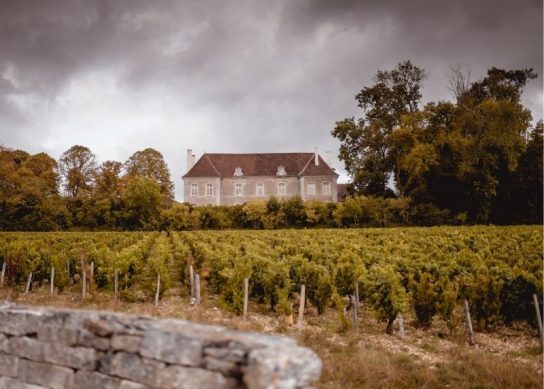
Athénaïs felt the full effect of this when she lost her entire harvest in 2016 due to severe frost. Since taking over the reins at the domaine, her work in the vineyard has been about restoring and maintaining the natural balance of the soils, as well as reintroducing horse ploughing in the vines, which forces vines to plunge their roots deeper into the soil, keeping them protected from drought. She insists on minimal use of sulphur in the cellar, no added yeasts, fining or filtering – the wines remain clean, balanced, vivacious. A good advert for winemaking ticking the ‘natural wine’ boxes.
These are certainly wines to look out for on a restaurant list, as they represent the wines of the region through a different lens. The result of the biodynamic/organic work in the vineyards and the cellar that Athénais has skilfully implemented, is that these wines are now regarded amongst the very best in the appellation.
The wines are lyrical, with plenty to say for themselves, evolving and shifting in the glass with every sip. They want to chat to you, if that doesn’t sound too bonkers. What would they be saying on April 12th, I wonder?
“Start chilling that second bottle, and order some more oysters”, perhaps…
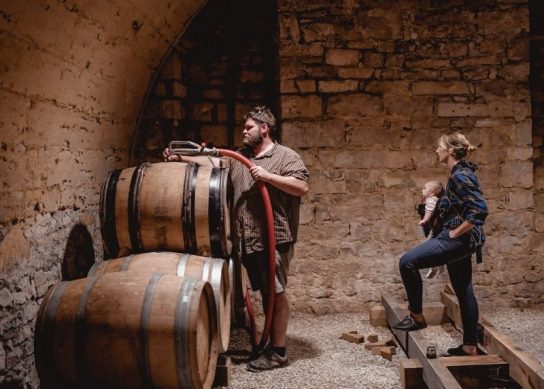
Laurence and Athénaïs are members of ‘Femmes et Vins de Bourgogne’ (Women and Wines of Burgundy), which gives them a unique opportunity to exchange and share their experience and knowledge with other women winemakers: www.fevb.net www.chateaudeberu.com; UK Importer: www.dynamicvines.com
To read Zeren Wilson’s latest column on the price of wine, click here


